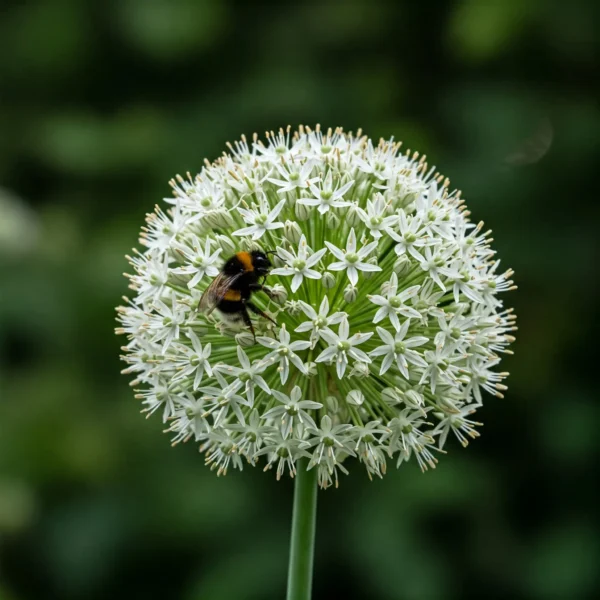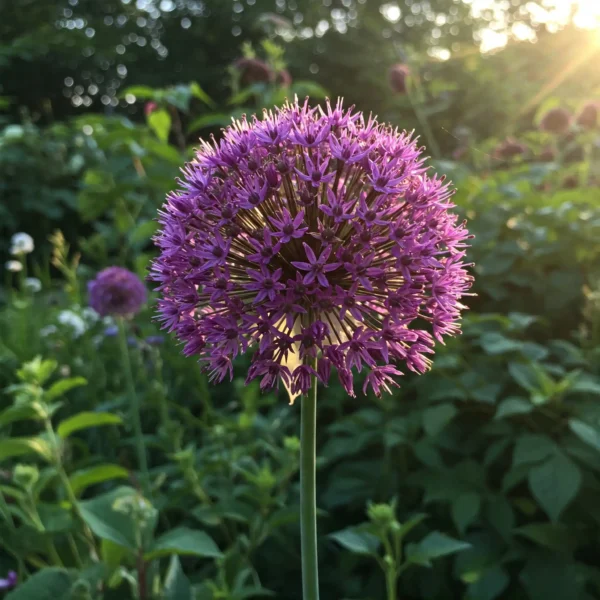Creeping buttercup
Ranunculus repens, commonly known as Creeping Buttercup, is a low-growing perennial plant that can be both charming and vigorous in gardens. Its bright yellow, buttercup-like flowers add a pop of color to the landscape, but it’s important to note that this plant can become invasive in certain conditions.
Plant Care
Sunlight
Creeping Buttercup thrives in partial to full sunlight. It can tolerate some shade but prefers sunnier spots.
Soil
This plant is adaptable to various soil types but thrives in consistently moist, well-draining soil. It can tolerate slightly acidic to slightly alkaline conditions.
Watering
Keep the soil consistently moist, especially during dry spells. Regular watering is essential for this plant.
Fertilization
Creeping Buttercup generally doesn’t require heavy fertilization. However, you can apply a balanced, slow-release fertilizer in early spring to encourage healthy growth.
Pruning
Regular deadheading (removing spent flowers) can prolong blooming and prevent self-seeding. Be cautious when pruning, as all parts of the plant are toxic if ingested.
Propagation
Propagate through division in spring or by collecting and planting seeds. Division is the preferred method for maintaining specific plant characteristics.
Landscaping Use
Creeping Buttercup can be used in ground cover applications or as a colorful addition to garden beds and borders. It’s especially effective near water features.
Wildlife Habitat
The bright flowers attract pollinators like bees and butterflies. However, it’s worth noting that Creeping Buttercup can be toxic to some animals if ingested.
Invasive Potential
Be cautious when planting Creeping Buttercup, as it can become invasive in some regions. Regular monitoring and containment may be necessary.
Disease and Pest Resistance
It’s generally resilient to common pests and diseases but can sometimes suffer from fungal issues in wet conditions.
Maintenance Level
Moderate to high, depending on the level of containment required.
Drought Tolerance
Low; it prefers consistently moist conditions.
Soil Improvement
Its dense growth can help stabilize soil in erosion-prone areas.
Cultural Significance
Historically, Creeping Buttercup had various herbal uses, although its toxicity limits its practical applications.
Table with basic info about creeping buttercup
| Aspect | Information |
|---|---|
| Scientific Name | Ranunculus repens |
| Common Names | Creeping Buttercup, Creeping Crowfoot |
| Family | Ranunculaceae (Buttercup Family) |
| Genus | Ranunculus |
| Soil Requirements | Moist, well-draining soil |
| Soil pH Range | 5.5 – 7.0 |
| Best Soil Mix | Loamy soil enriched with organic matter |
| Country of Origin | Europe, Western Asia, North Africa |
| Discovery Year | Not precisely documented |
| Flowering Time | Spring to early summer |
| Watering Frequency | Regular; keep soil consistently moist |
| Origin | Native to Europe, now widespread |
| Minimum Temperature | Tolerates temperatures down to -20°C (-4°F) |
| Flower Color | Bright yellow |
| Growth Habit | Low-growing perennial ground cover |
| Lifespan | Perennial |
| Light Requirements | Partial to full sunlight |
| Drought Tolerance | Low |
| Wildlife Attraction | Attracts pollinators such as bees and butterflies |
| Invasive Potential | Can become invasive in certain conditions |
| Disease and Pest Resistance | Generally resilient to common pests and diseases |
| Maintenance Level | Moderate to high, depending on containment |
| Edible Parts | None; all parts are toxic if ingested |
| Uses | Ground cover, ornamental in wet areas |
| Propagation Methods | Division in early spring, seed sowing |
| Companion Plants | Marsh marigold, ferns, astilbes, hostas |
| Soil Compaction Tolerance | Moderate tolerance, not suitable for soil improvement |
| Cultural Significance | Historically used in herbal remedies |









